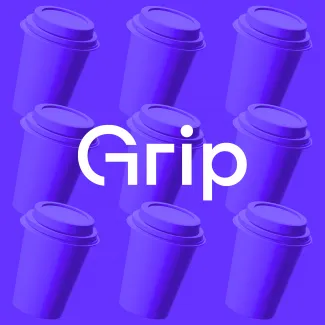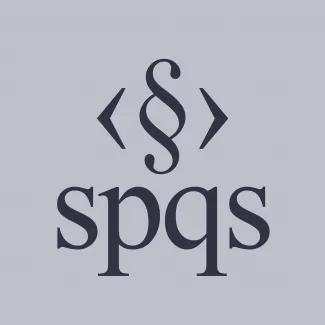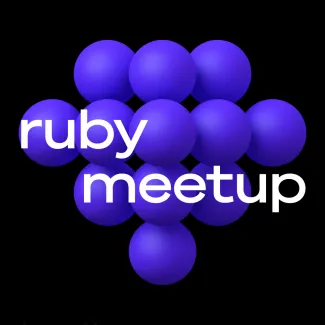From .NET to Golang: Technical Guide to High-Performance, Scalable, and Cloud-Native Migration
As businesses push toward microservices, containerization, and high-throughput systems, traditional enterprise stacks like .NET can start to show their limitations. Enter Golang — a modern programming language purpose-built for speed, concurrency, and scale.
If your application needs to process data quickly, support thousands of simultaneous users, or run efficiently in containerized environments, moving from .NET to Go might be the right next step. With support from experienced partners like Singula Team, and access to specialized Golang Development Services, such a migration can be executed strategically and with lasting impact.
This article explores the practical reasons for choosing Go over .NET, where Go delivers the biggest wins, and when sticking with .NET may actually make more sense. If you’re on the fence about modernizing your tech stack, read on — the insights below can help clarify your path forward.
1. Speed and Runtime Performance
Go’s compiled binaries run natively on hardware, resulting in noticeably faster execution for CPU-bound operations compared to .NET. Whether you’re building a high-performance backend or a service that handles thousands of requests per second, Go’s runtime is hard to beat.
2. Built-In Concurrency Support
Go was designed for concurrent workloads from the start. With goroutines and lightweight scheduling managed by the Go runtime, it’s easy to build highly parallel applications without the complexity or overhead of .NET’s threading model.
3. Clean, Predictable Syntax
Go’s straightforward syntax makes it easier for developers to write, review, and maintain code. It reduces cognitive load on teams and lessens the likelihood of hard-to-troubleshoot behavior normally added by invisible abstractions in large frameworks.
4. Stronger Typing for Secure Code
Go's statically typed nature gives more rigorous constraints during compilation time and hence fewer bugs and better stability. While .NET does provide the same thing, Go is more about simplicity and predictability, allowing teams to avoid runtime surprises.
5. Lower Resource Overhead
Applications written in Go generally consume less memory and disk space, which is especially important in containerized environments or systems with tight resource constraints. .NET apps often require heavier runtimes and have a larger deployment footprint.
6. Single Binary
Go creates an entire stand-alone binary with all its dependencies. This eliminates issues with dependency resolution or missing runtimes, making deployments easier and more reliable compared to .NET's runtime-based approach.
7. Cloud-Native
Go is tightly integrated with today’s cloud-native ecosystem. Many major platforms — including Kubernetes, Docker, and Terraform — are built using Go. This makes it an obvious choice for applications running on cloud providers, including AWS, Azure, or GCP.
8. Architecture Flexibility
Go compiles to multiple operating systems and architectures with little effort. While .NET has improved its cross-platform support, Go still offers a lighter and more portable solution for multi-platform distribution.
9. Backend and DevOps
Go’s package ecosystem is well-suited for modern backend systems, CLI tools, networking, and DevOps workflows. While smaller than .NET’s, it’s focused and continually growing with contributions from the open-source and enterprise communities.
10. Security
Go makes programming safer by preventing memory and concurrency bugs. Go includes built-in memory safety, TLS support, and secure cryptographic libraries as part of its out-of-the-box feature set, so developing secure software is easier for teams.
11. Effortless Scalability
Go’s ability to handle concurrent connections with minimal resource usage makes it perfect for horizontally scalable systems. Combined with its fast startup times and native container support, it’s an ideal choice for scalable backend architectures.
12. Responsiveness
Go's garbage collection, compiled nature, and lightweight runtime ensure it is well-suited for low-latency applications such as APIs, real-time dashboards, and streaming. Where latency is a concern, Go performs well.
Ready to upgrade your architecture with Go? Singula team’s expert team provides full-cycle Golang Development Services — from migration planning to implementation. Let’s build something faster, simpler, and better — together.
When Go Might Not Be the Right Fit
Migrating from .NET to Go isn’t always the best course of action. It may not be the right choice if:
- Your application relies heavily on mature .NET libraries or Microsoft-specific integrations.
- Your development team has little experience with Go and needs to be retrained.
- You’re building UI-rich desktop applications or complex workflows more aligned with the .NET ecosystem.
Conclusion
For performance-critical, scalable, and cloud-ready systems, Go presents a compelling alternative to .NET. Its simplicity, speed, and alignment with today’s cloud-native standards make it ideal for microservices, API backends, and DevOps tools.
That said, every migration needs to be evaluated carefully — taking into account business priorities, team readiness, and long-term maintainability. With the right strategy, Golang can power your next generation of software.





















